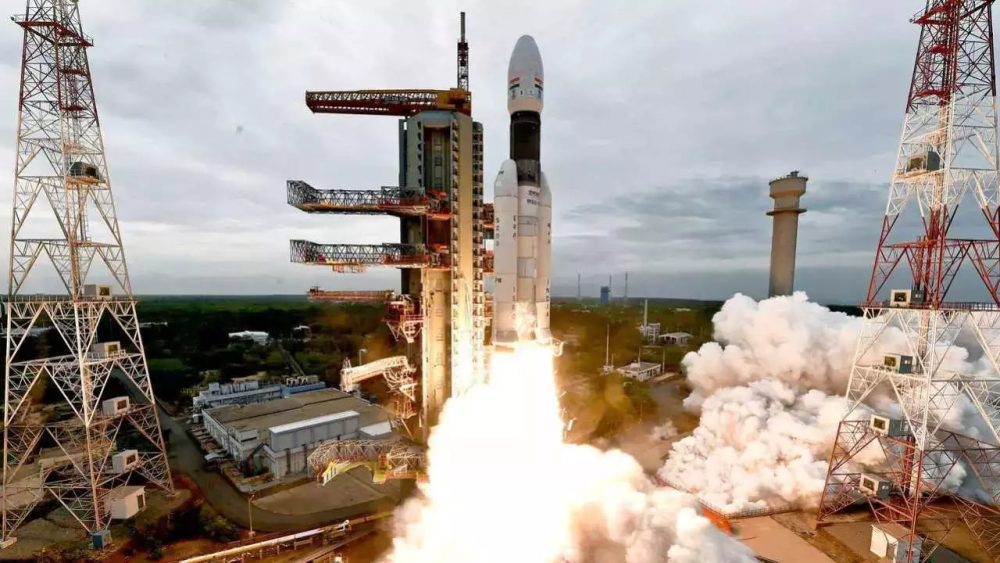
In a notable achievement for space travel, India’s Chandrayaan-3 mission has successfully made a soft landing near the southern pole of Earth’s Moon.
This accomplishment comes mere days after Russia’s Luna 25 spacecraft encountered failure during its attempt to land in the same area. India has now joined the ranks of nations to realize a successful soft landing on the Moon, marking the fourth global achievement of this kind.
After launching from the Satish Dhawan Space Centre on July 14th, the Chandrayaan-3 spacecraft embarked on a 22-day journey before finally entering the Moon’s orbit on August 5th. On August 17th, the Vikram lander, accompanied by the Pragyan lunar ground rover, successfully disengaged from its propulsion module, marking a crucial step in preparation for today’s soft landing.
This makes India one of the few to attain a triumphant lunar south pole touchdown, an area of the Moon that remains relatively uncharted and is believed to harbor deposits of water ice. Previously, three other nations—namely the United States, China, and the former Soviet Union—achieved soft landings in proximity to the Moon’s equator.
This region offers a safer environment characterized by comparatively hospitable temperatures, manageable terrain, and consistent sunlight to recharge solar-powered instruments.
This mission signifies India’s second endeavor at attempting a lunar landing, subsequent to the Chandrayaan-2 lander’s unfortunate crash on the Moon’s surface in 2019.
The subsequent phase of the Chandrayaan-3 mission will entail the deployment of the Pragyan rover, tasked with conducting an in-depth survey of the local lunar environment throughout one lunar day, equivalent to approximately 14 Earth days. Among the roster of scientific experiments, the rover will utilize X-ray spectrometry to discern the elemental composition of the Moon’s surface.
Via: The Verge